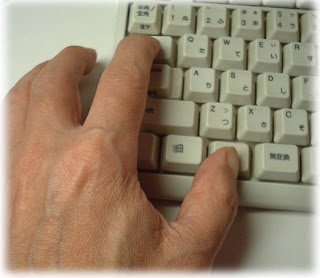
Occasionally you need to check spelling in an application that does not include a spelling checker and you don't want to launch your word processor just for that. This is when tinySpell becomes handy. It is a small utility that allows you to easily and quickly check and correct the spelling in any Windows application.
tinySpell can watch your typing on the fly and alert you whenever it detects a misspelled word. It can also check the spelling of text that you copy to the clipboard.
tinySpell installs itself in the system tray for easy access. It comes with an American-English dictionary containing more than 110,000 words.
Download this Application Here: http://tinyspell.m6.net/
Total Cost: FREE
200.14
Contributing Source:
Tiny Spell.net
9/16/08




